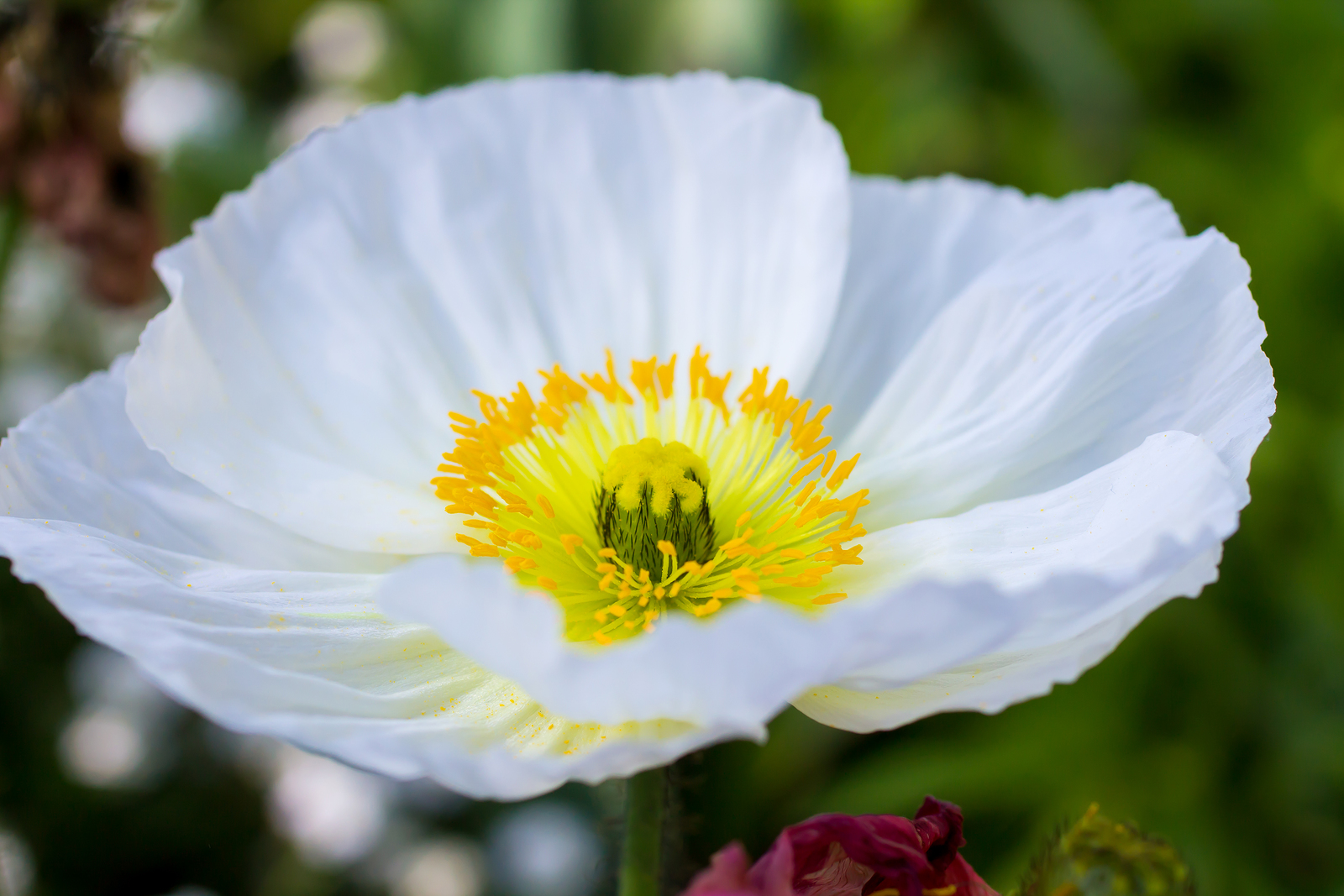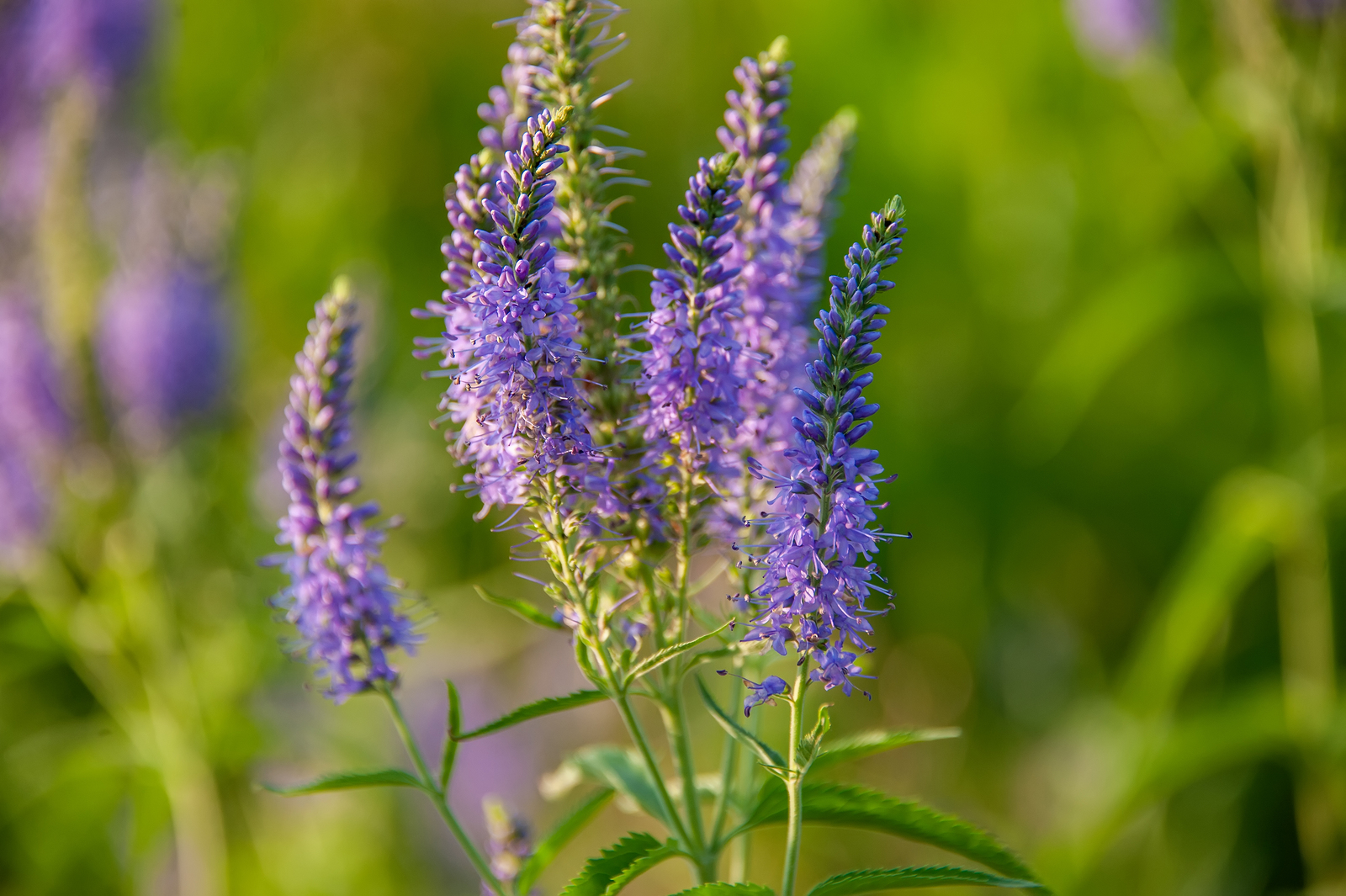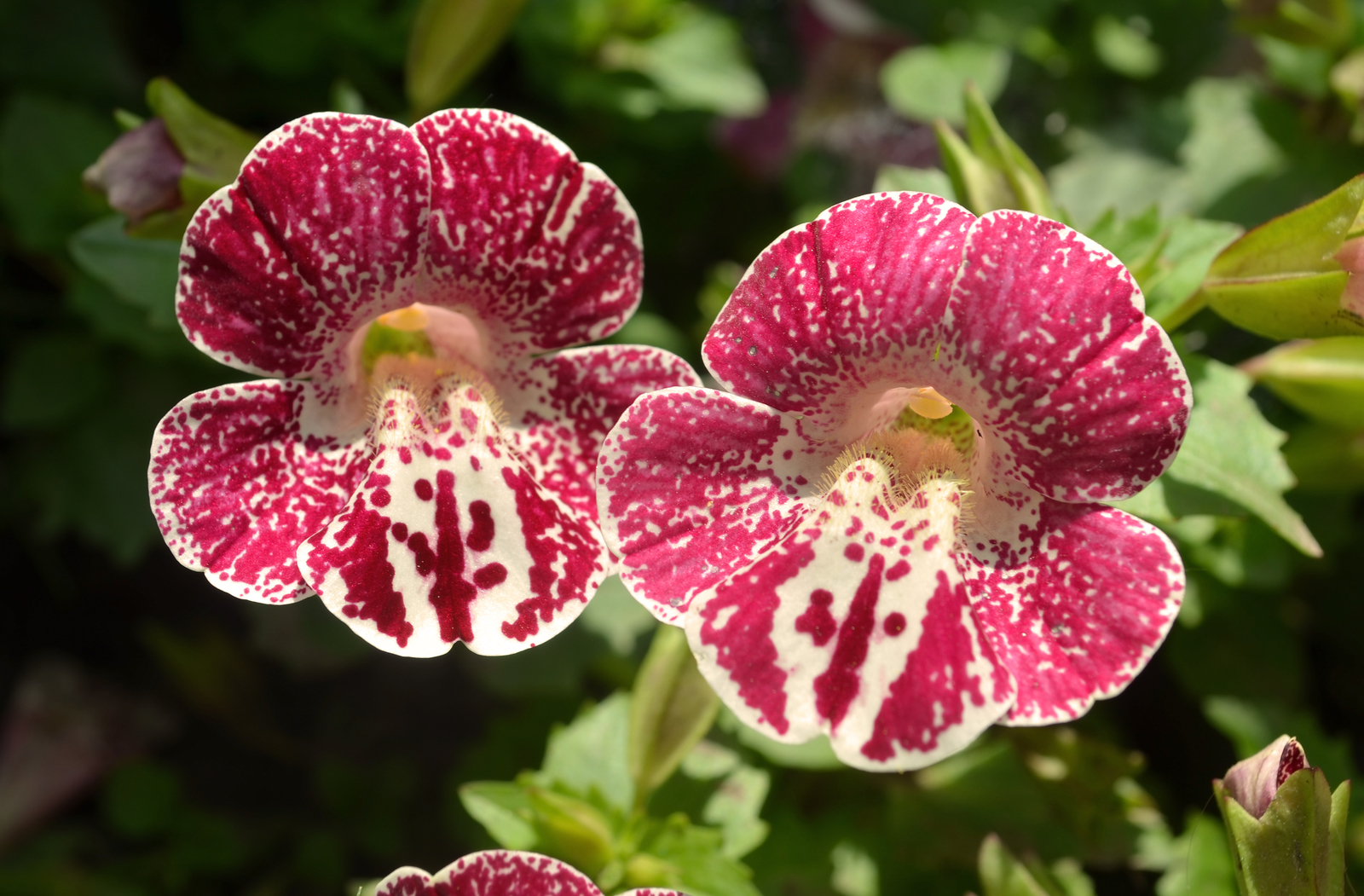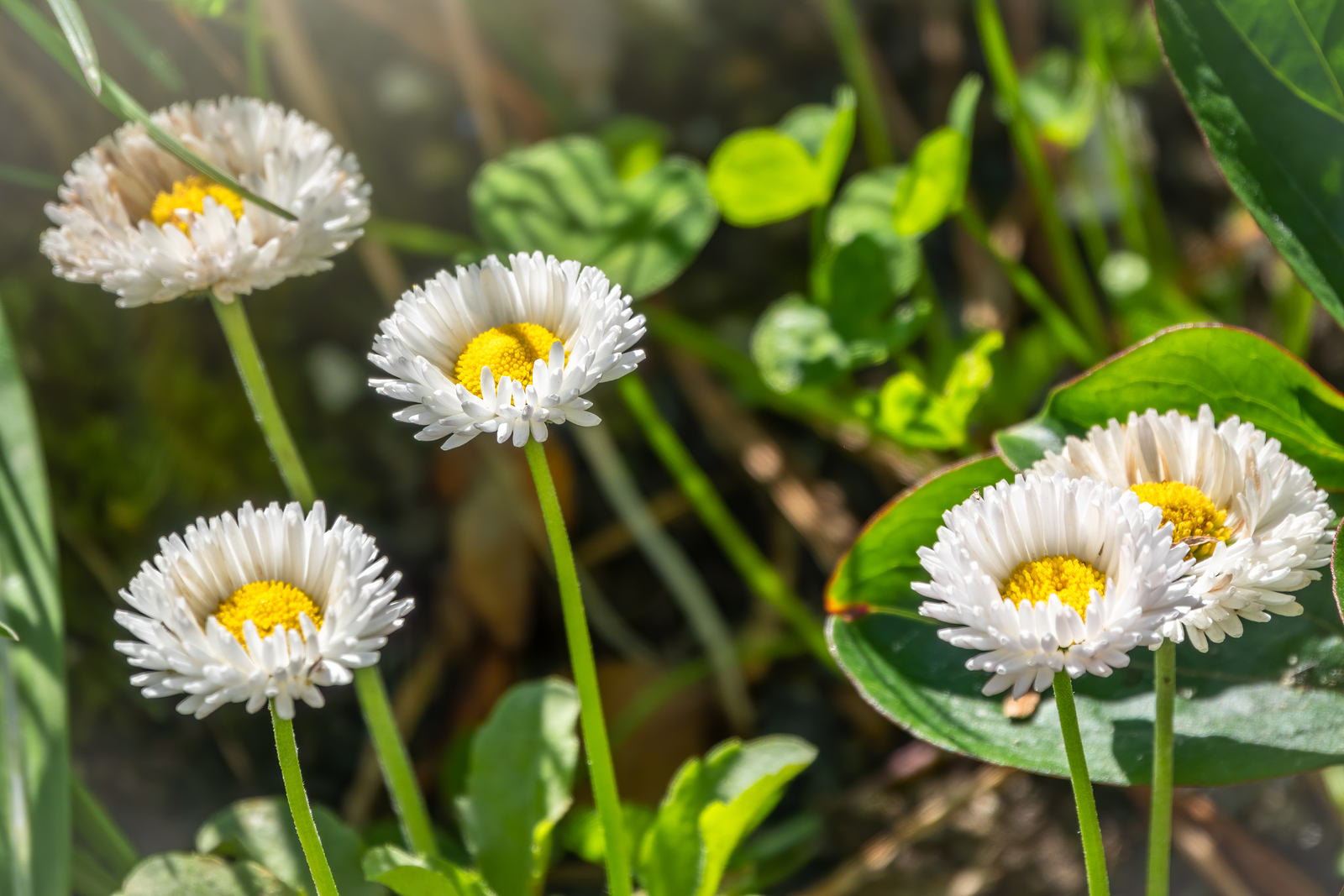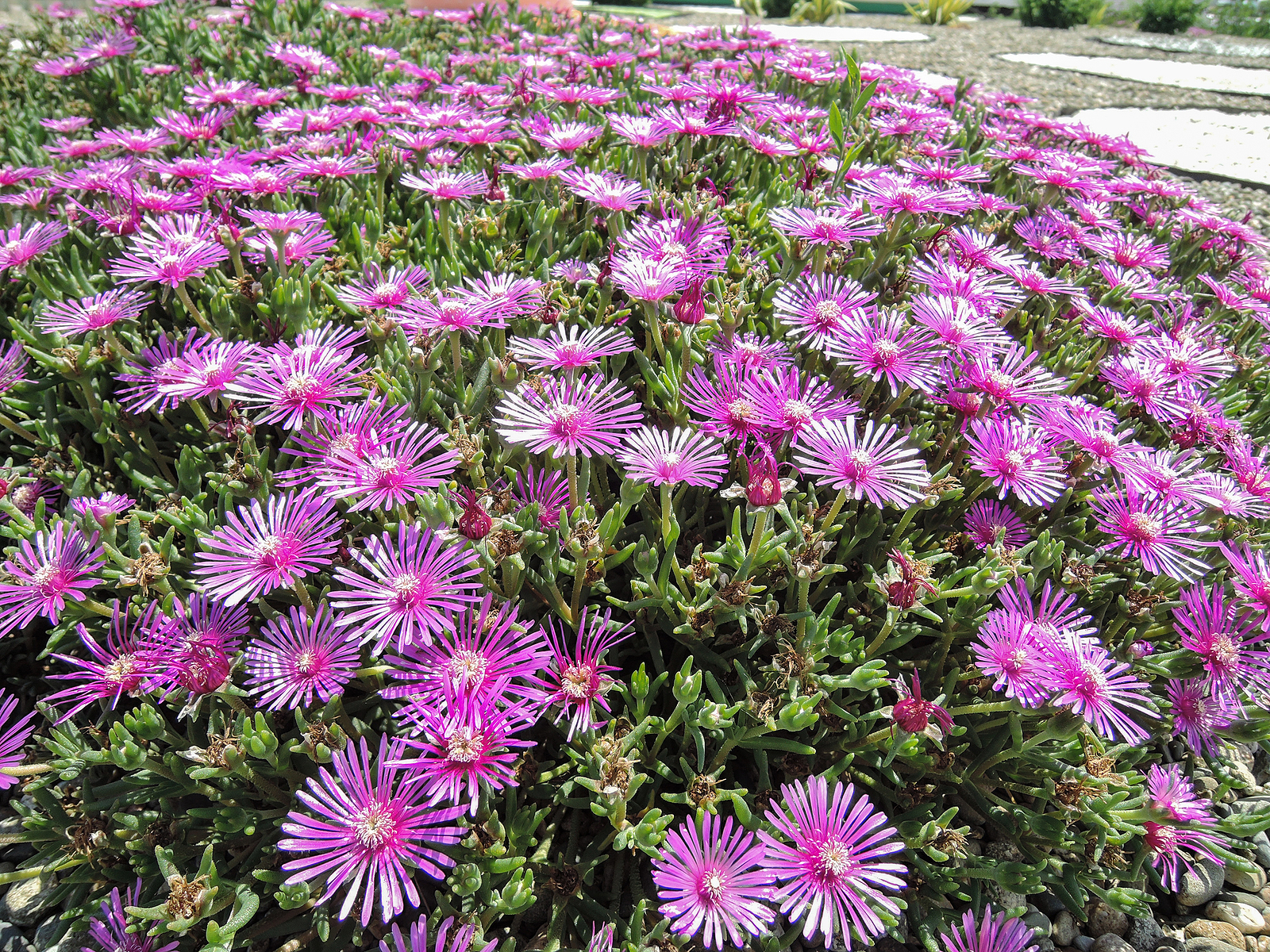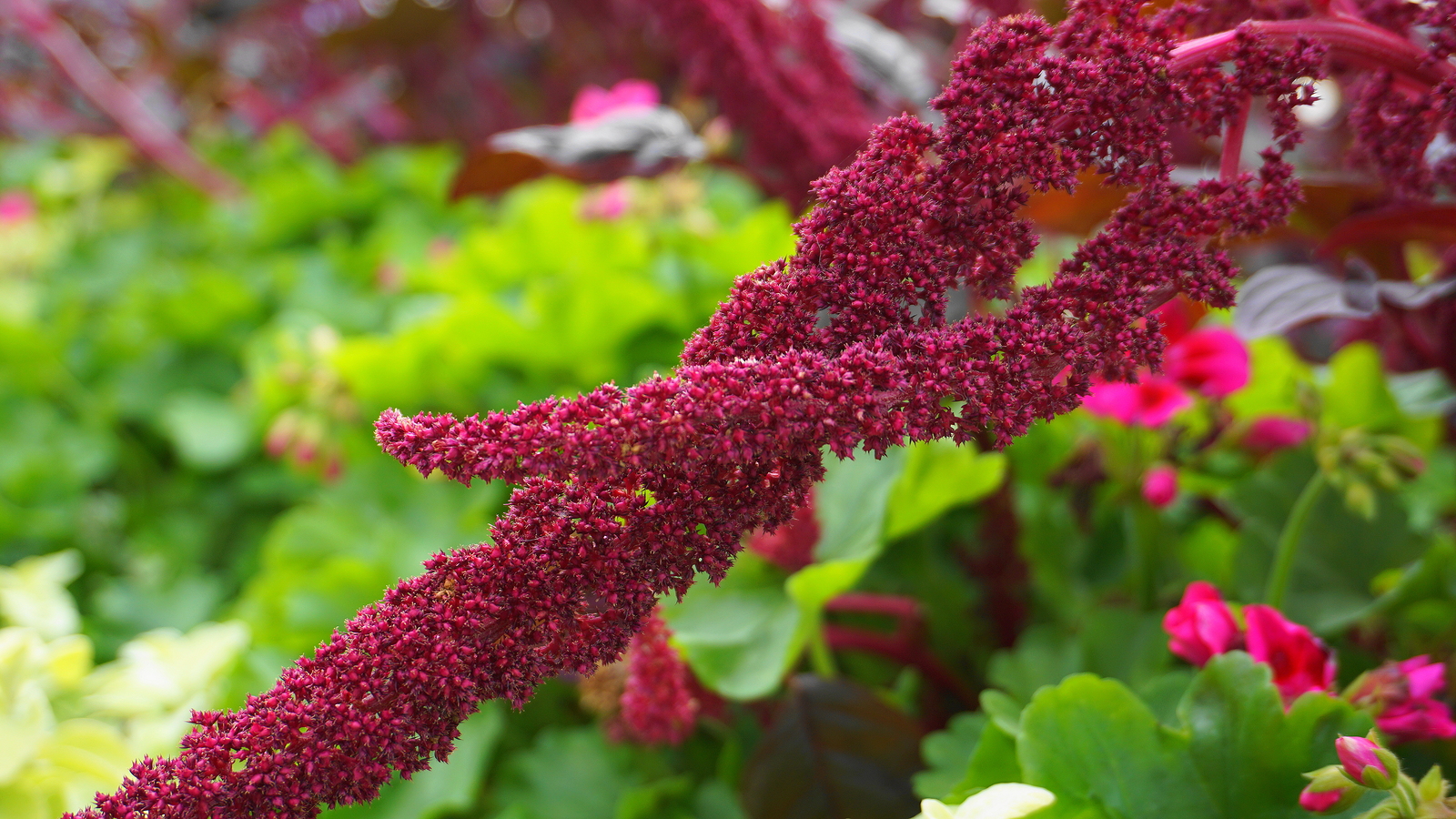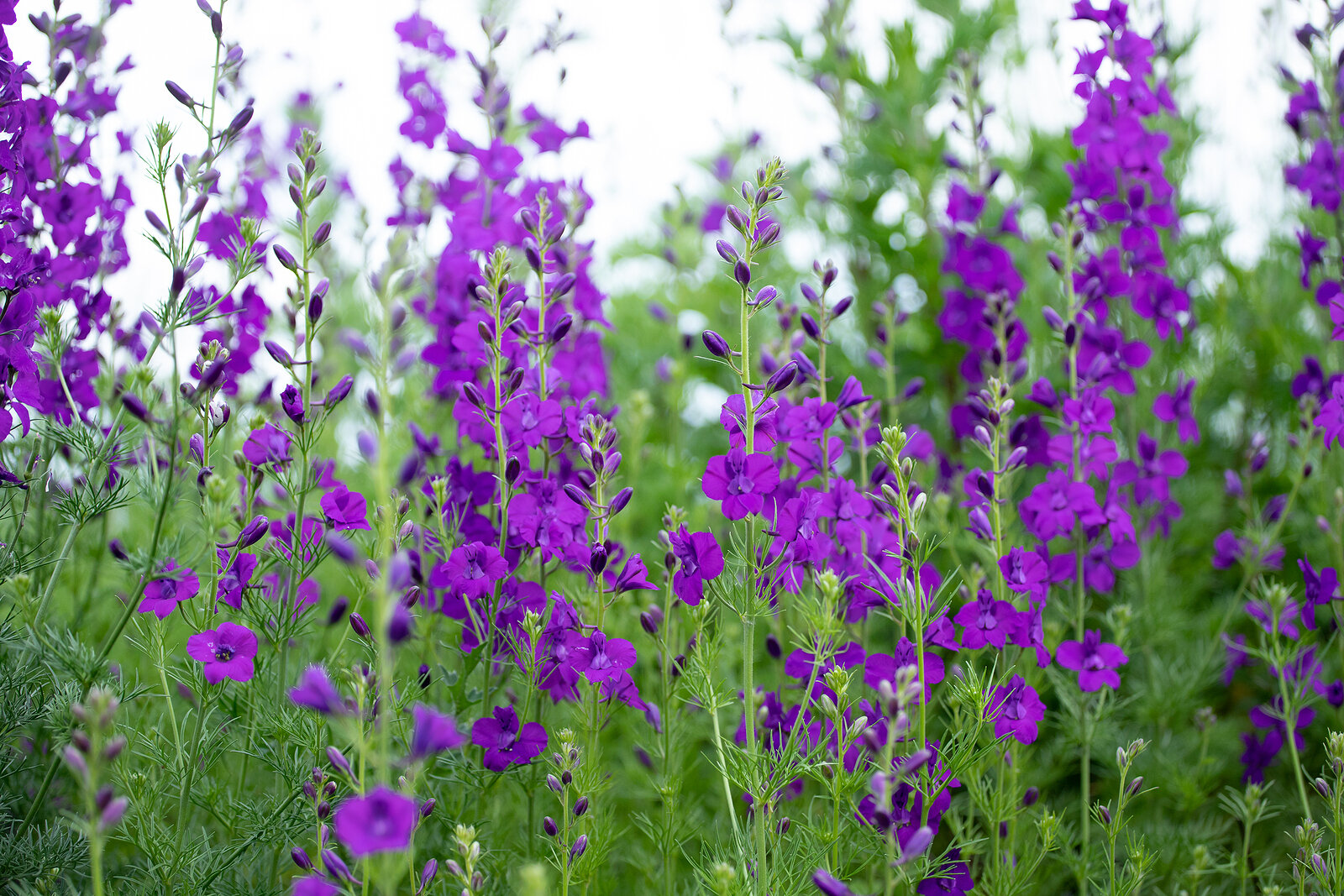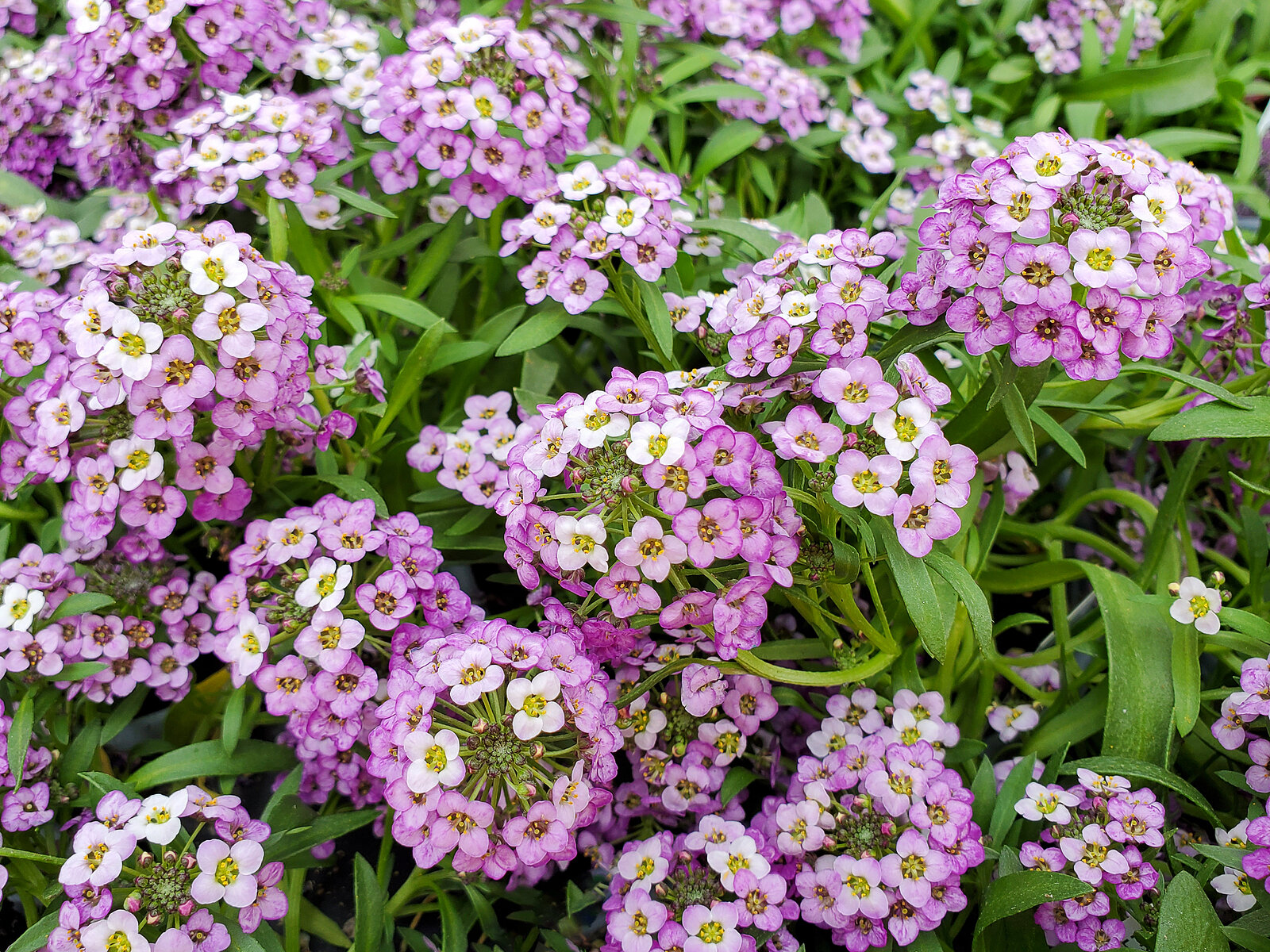How to Grow and Care for Poppies
Poppy flowers–members of the Papaver genus–are bright additions to the summer garden. Poppy flowers bear solitary or double cup-shaped flowers from 2 to 4 inches (5-10cm) across. Flowers often have a crepe-papery texture. Colors can be white, yellow, pink, red, orange, salmon, and purple. There are annual and perennial poppy flowers. Best known are the […] More

